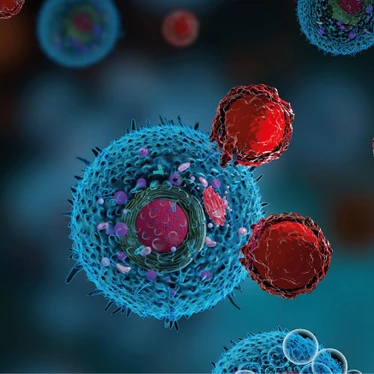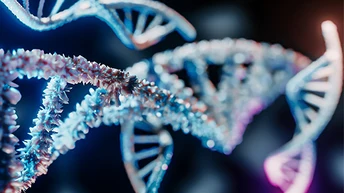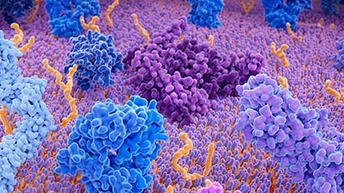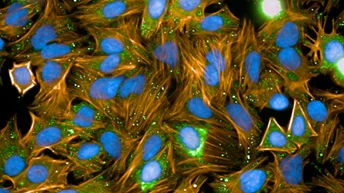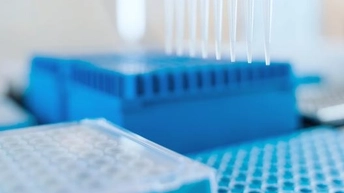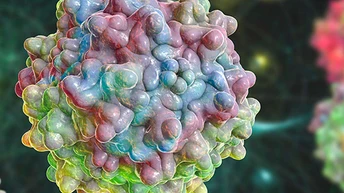Viral vector development and manufacture
In gene therapy applications, the viral vector load strongly affects the severity of an undesirable immune response. High viral titers can potentially result in unwanted vector uptake by healthy cells in multiple organs. By increasing the specificity, sensitivity, and efficacy of viral vectors we can mitigate safety and toxicity outcomes by lowering the required viral concentration.
- Streamline the design, development, and delivery of your viral vectors for discovery and preclinical applications
- Access a range of AAV serotypes with tissue-specific promoters and surface modified particles to enable precise gene expression and tissue targeting
- Accurately measure viral titers using p24 analysis to control the lentiviral load
Viral vector quantification and characterization
Critical Quality Attributes (CQAs) for viral vectors require robust methods to enable successful phase-to-phase transition during the drug development cycle. To minimize lot-to-lot variability in upstream manufacturing of recombinant viral vectors, extensive characterization, quality control measures, and empty capsid reference standards need to be implemented.
- Evaluate and document CQAs by measuring viral identity, potency, purity, safety, and stability
- Rapidly separate, characterize and quantify viral proteins and detect contaminants using our automated, microfluidic, capillary electrophoresis system for protein analysis
- Accelerate vector optimization with our range of high-speed, homogeneous, no-wash capsid detection immunoassay platforms
Genome editing
The discovery of the CRISPR-Cas9 gene editing system has redefined our approach to gene therapy and revolutionized biotherapeutic development. Genome editing has since undergone rapid enhancements and become an essential tool.
The recent advent of base-editing technology, which avoids double stranded breaks, resulting in less off-target editing, and reduced frequency of genomic rearrangement, has paved the way for a new generation of safer, more potent, and efficacious biotherapeutics.
- Modify DNA sequences with a high degree of precision and accuracy with tools and services such as our base editing platform
- Create the optimal DNA payload cassette that is sufficiently encapsulated in a compact viral capsomere
- Conduct functional genomics screening and target identification with gene editing and RNAi platforms
Safety and efficacy
In gene therapy applications, the viral vector load strongly affects the severity of an undesirable immune response. High viral titers can potentially result in unwanted vector uptake by healthy cells in multiple organs. By increasing the specificity, sensitivity, and efficacy of viral vectors we can mitigate safety and toxicity outcomes by lowering the required viral concentration.
- Streamline the design, development, and delivery of your viral vectors for discovery and preclinical applications
- Access a range of AAV serotypes with tissue-specific promoters and surface modified particles to enable precise gene expression and tissue targeting
- Accurately measure viral titers using p24 analysis to control the lentiviral load
Explore our solutions
Questions?
We’re here to help.
Contact us Please note that product labeling (such as kit insert, product label, and kit box) may be different compared to the company branding. Please contact your local representative for further details.




























